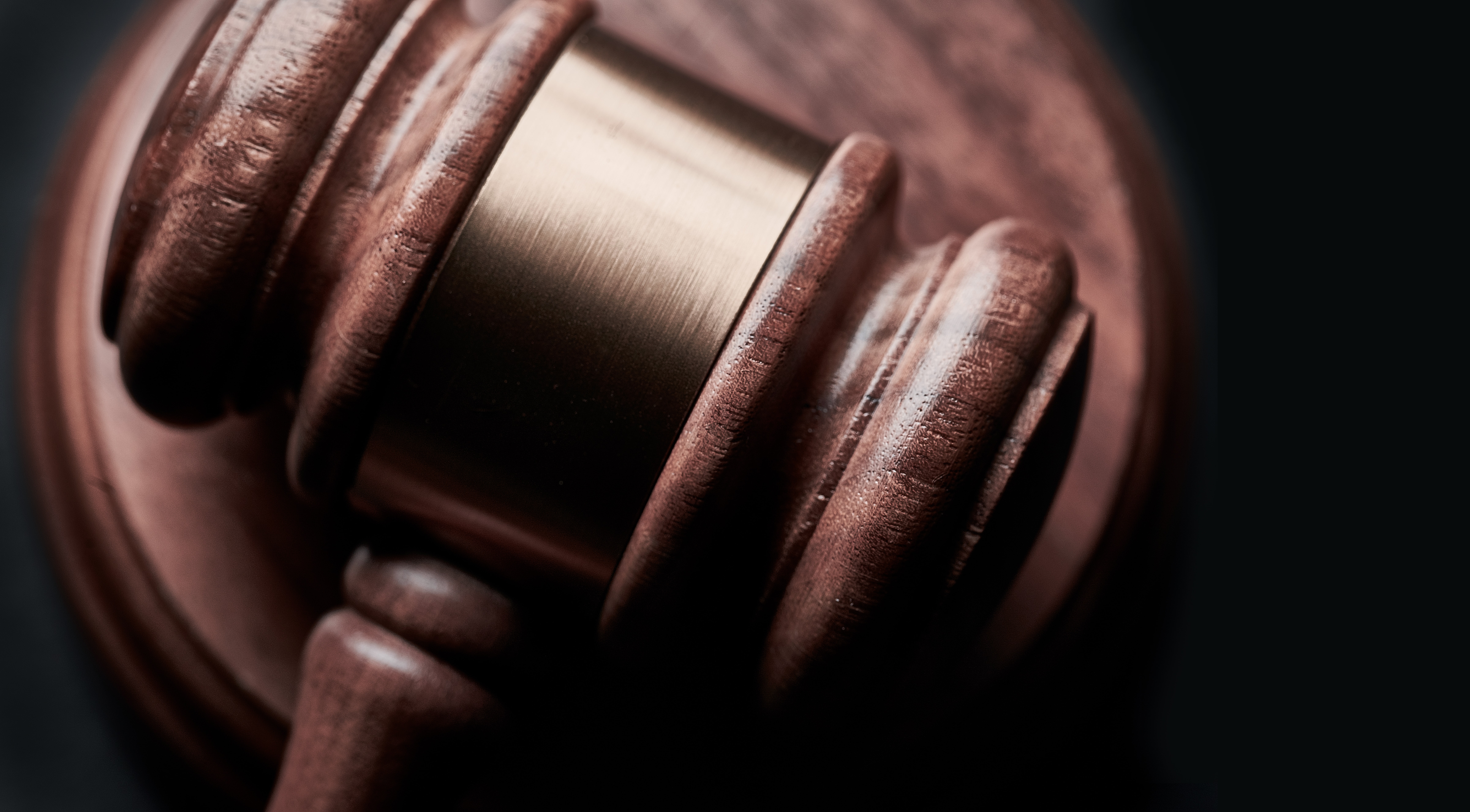As procurement software and e-procurement solutions become more popular, simply using e-procurement systems isn’t enough in order to compete. To really optimize the return on e-procurement, an organization should dedicate the necessary resources to become masters of every step. This means doing a deep dive into each and every process and procedure built into the procurement cycle and e-procurement utilization in order to optimize the overall systems. Investing in a strong e-Auction strategy alone will be a worthwhile return on investment for organizations willing to put in the time.
The e-Auction process within procurement involves conducting a live-auction in which competing vendors can bid on contracts. These e-Auctions are normally conducted with reverse auction software; they’re “reverse” auctions because unlike a normal auction-by-seller, this is an auction-by-buyer and therefore the supplier with the lowest bid wins.
Building a strong e-Auction strategy starts with understanding the different steps involved, and making informed, actionable decisions, that yield measurable results.
The 5 Steps of a Strong e-Auction Strategy
There are many elements involved in the procurement cycle. The e-Auction process is not only important to the procurement cycle as a whole, but an effective e-Auction process will yield in higher savings, higher quality products, and drive other important metrics as well.
- Staffing
Staffing is arguably the most important aspect of every industry. E-procurement software is advancing every year, becoming more robust, adding more features, and becoming more powerful overall. However, with that level of advancement, trained and knowledgeable staff that are able to use the software to its fullest degree is just as, if not more important than the capability of the software itself.
Staff should have the training available to them to utilize the software to its fullest capability, and yield powerful results. As staff gets more experience with the software, they’ll also discover additional features, shortcuts, and get used to the flow – making for a general increase in operational efficiency.
- Short-listing
Short-listing is the process through which vendors are initially whittled down. This is normally conducted by initially casting a wide net. The buyer will send out a general and very short survey that vendors will fill out. Based on the information provided, the buyer is able to gather enough data on the suppliers available and select the vendors they’d like to include in the e-Auction process.
Once the short-listing process is complete, the procurement team can begin preparing for the actual e-Auction itself. The short-listing process is helpful because it allows buyers to pre-approve the vendors from which they’d like to receive active bids. Ensuring quality is an important aspect to building a strong e-Auction strategy.
- Proposal Request
This is the last pre-auction step. Buyers will solicit their short-list of suppliers with a request for proposal, or RFP. RFP software enables the seamless integration of this process into the e-procurement process. Once vendors receive the RFP, they are able to begin preparing their bids, and negotiation tactics for the live auction.
The proposal request can also be coupled with a formal or simple invitation to the e-Auction itself. Integrating the request for proposal process furthers the simplicity and centralization of e-procurement actions. This amplifies efficiency even further.
- e-Auction
The e-Auction itself is relatively easy on the buyer’s end of things. With short-listed, pre-approved vendors equipped with their best offers at the ready – the buyer can sit back and watch the price of the contract hit an all-time-low. All in real time. As vendors compete for the contract; the buyer will normally allow the auction to last for a specified amount of time. However, if the bidding continues; competing suppliers will have an extended amount of time to place another offer, should they choose.
This process continues until the prices drop to a point that is normally at true market value, if not a little under. This maximizes the savings e-procurement can achieve, and is the heart of building a strong e-Auction strategy.
- Review
As with any business involving in procurement and e-procurement software, there needs to be an emphasis on continual improvement. This is to ensure that the practices and procedures in place are being continually analyzed, updated, maintained, and improved upon.
ProcurePort has some of the most robust e-procurement software available, and a myriad of knowledgeable e-procurement professionals ready to answer your questions. Get in touch with ProcurePort today to start implementing the best e-procurement software available.










